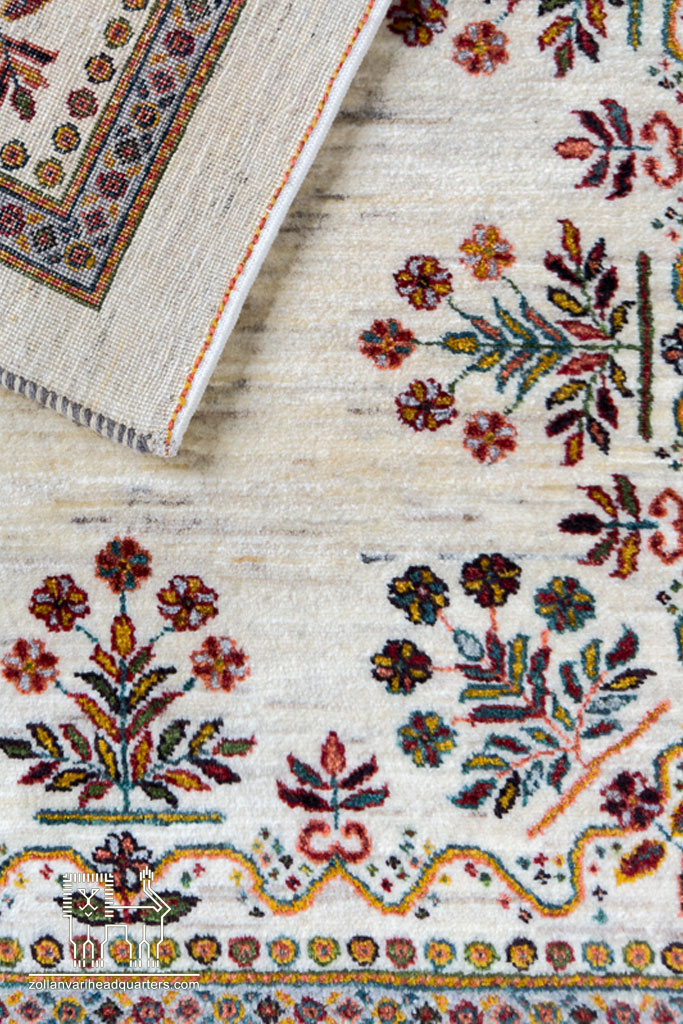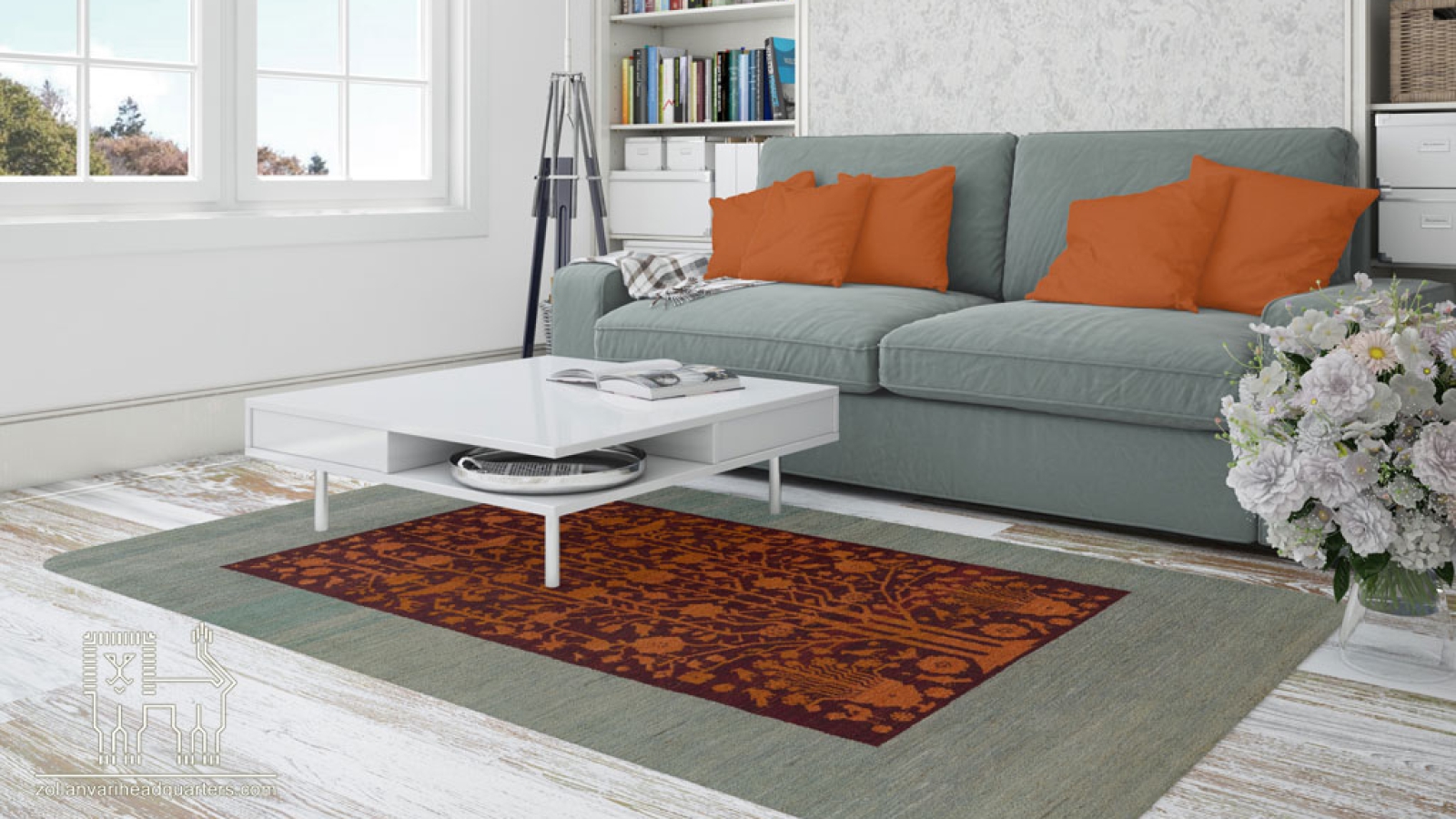The Role of Kilim and Gabbeh in Everyday Life
Kilim and Gabbeh, two authentic Iranian handwoven textiles with a long history, are not only recognized as valuable artistic works in Iranian culture but also play a surprisingly effective role in interior decoration and daily applications. In this article from the Zollanvari website, we aim to explore the role of these two textiles in everyday life and their various applications in modern homes.
Kilim: The Most Beautiful Choice for Simple and Elegant Decoration
Unlike pile carpets, Kilim has a simple, flat weave without pile, usually produced with geometric patterns and attractive colors. Due to its delicacy and lightness, this textile can be an excellent choice for different areas of the home.
Uses of Kilim in Home Decoration
- Rug and Doormat: Kilim is used as a rug and doormat in home entrances, hallways, and even living rooms, adding a sense of warmth and tradition to the space.
- Wall Hanging: Small decorative Kilims can be used as artistic wall hangings, giving plain walls a distinctive look.
- Backrest and Cushion: Kilims are beautiful weavings that can be used for designing backrests and cushions, adding comfort and authenticity to home furniture.
Gabbeh: Warm and Soft Carpets for a Cozy Space
Due to its coarse weave and long pile, Gabbeh provides a sense of softness and warmth to a space. These carpets are especially popular in the colder regions of Iran and play a significant role in various home environments.
Uses of Gabbeh in Home Decoration
- Living Room Carpet: Gabbeh rugs with warm colors and simple patterns easily fit into living rooms and reception areas, creating a cozy and inviting atmosphere.
- Furniture Cover: Using Gabbeh to cover sofas and chairs adds a special traditional touch to interior décor.
- Curtains and Table Covers: Gabbeh can be used for designing curtains and table covers, adding depth and beauty to home interiors.
Kilim and Gabbeh: What Are Their Differences?
Although both Kilim and Gabbeh are traditional Iranian textiles, they differ in their weaving style, design, and applications.
- Weave: Kilim is woven flat and without pile, whereas Gabbeh has long piles and a coarser weave.
- Pattern and Color: Kilims usually feature geometric and simple designs, whereas Gabbeh rugs display warm colors and simple traditional motifs.
- Application: Kilims are mainly used for decorative purposes such as wall hangings and rugs, while Gabbeh is favored as a primary carpet and even for furniture covers.

The Impact of Kilim and Gabbeh on Creating Traditional and Modern Spaces
Kilim and Gabbeh can be used in both traditional and modern spaces simultaneously. These two handwoven products can transform a home into an environment filled with Iranian authenticity and art. Combining them with modern décor can create a unique and attractive look, as these textiles blend well with any interior design.
- Kilim and Gabbeh in Combination with Modern Décor: To create a special ambiance, simple Kilims can be used in minimalist spaces, while colorful Gabbeh rugs can be the focal point of modern living rooms.
Proper Care for Kilim and Gabbeh: Maintenance Guide for These Handwoven Textiles
Due to their unique weaves, Kilim and Gabbeh require special care to maintain their durability and beauty.
- Regular Cleaning: These textiles should be vacuumed regularly to remove dust.
- Proper Washing: When washing is necessary, use mild detergents and avoid frequent washing.
- Drying: After washing, Kilim and Gabbeh should be dried in the shade and open air to prevent damage to their fibers.

